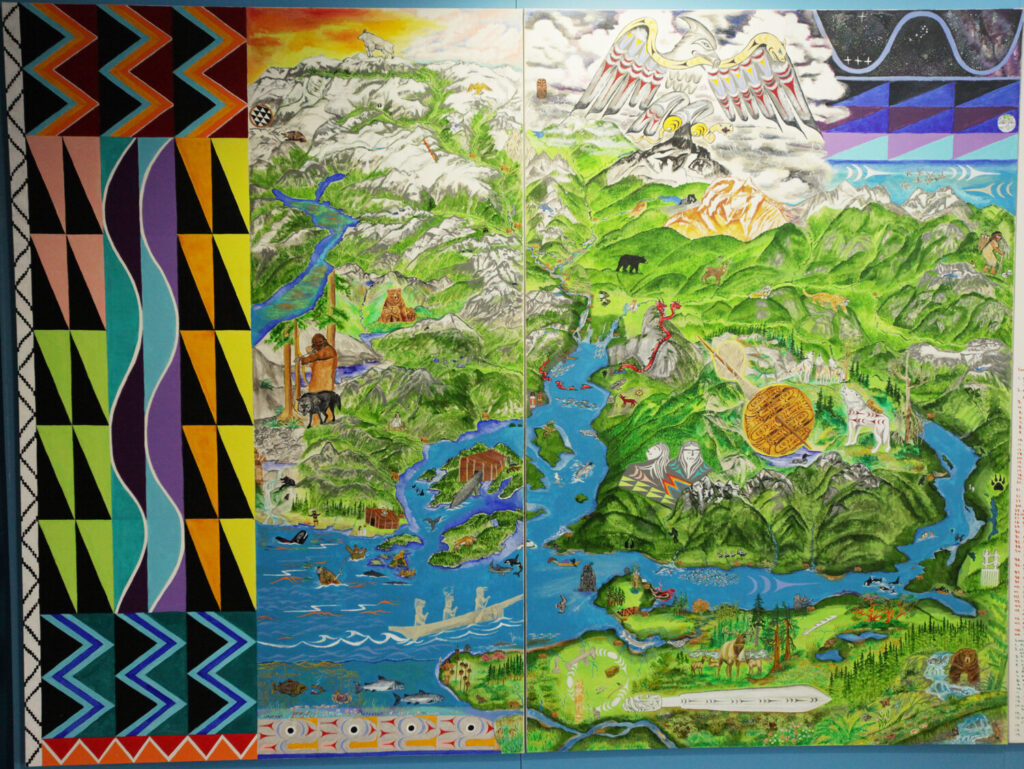News & Insights
Before there was Woodfibre, there was Swiy̓át
Jun 28, 2024
Woodfibre LNG took its name from its immediate predecessor, the old Woodfibre pulp mill that operated on the site throughout most of the 20th century and eventually closed in 2006. But for centuries before the former Woodfibre pulp mill was built, the site was known by a different name: Swiy̓át, a village of the Sḵwx̱wú7mesh Úxwumixw (Squamish Nation).
Swiy̓át has been an important part of the Squamish Nation since Na7tkwi kwekwin (In the Long Ago) – effectively, since time immemorial. It has always been a place of work – though that work has changed considerably over the years.

Swiy̓át was not a village in the sense we think of one today but more of a waystation for various purposes. The primary fishing grounds of the Squamish People were just off Xwlíl’xhwm (Bowen Island) and Swiy̓át often acted as a stopover point for fisherman. It was also a place for work on the land, with rich hunting grounds offering deer, elk and goats. Weavers would visit Swiy̓át to gather goat wool left behind by the animals on trees and bushes to create textiles. It was also an area that was important for the gathering of traditional medicines and provided a place where people could be trained to identify healing herbs and plants and how they could be used to treat sickness and injury.
There are also numerous sacred and spiritually important locations across Swiy̓át. During its operation, the former pulp mill prohibited Squamish Nation members from accessing the site and visiting these sacred or spiritual sites or taking part in traditional practices at Swiy̓át. Since Woodfibre LNG acquired the site, access has been restored and Squamish Nation members are able to access the site for cultural purposes.
Swiy̓át is not unusual in its rich cultural history. The entirety of the Nexwnéwu7ts Átlḵ’a7tsem (Howe Sound) region has significance and importance to the Squamish Nation- from Swiy̓át to Potlatch Creek to the Defence Islands. All of these places have a distinct history attached to the Squamish Nation, passed down from generation to generation. Acknowledging, respecting and learning this history is an important element of Reconciliation.
Thank you to Sheryl Rivers, Indigenous Workforce Development Manager at Woodfibre LNG and Squamish Nation member for speaking to us about Swiy̓át. The image featured here is entitled Temixw, a painting by Chief Ian Campbell that is housed at the Museum of Vancouver.


